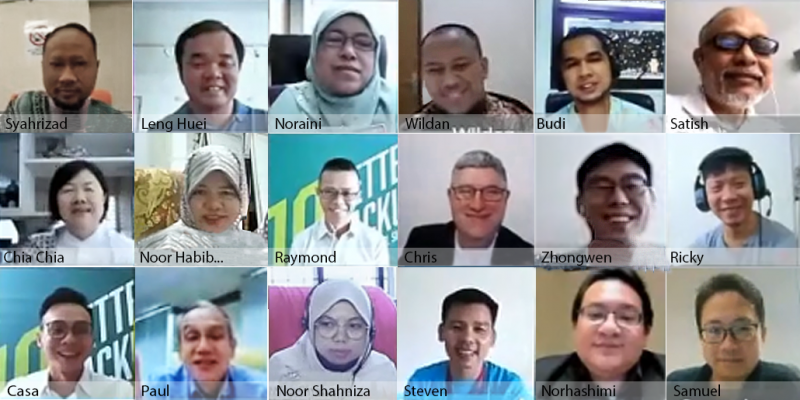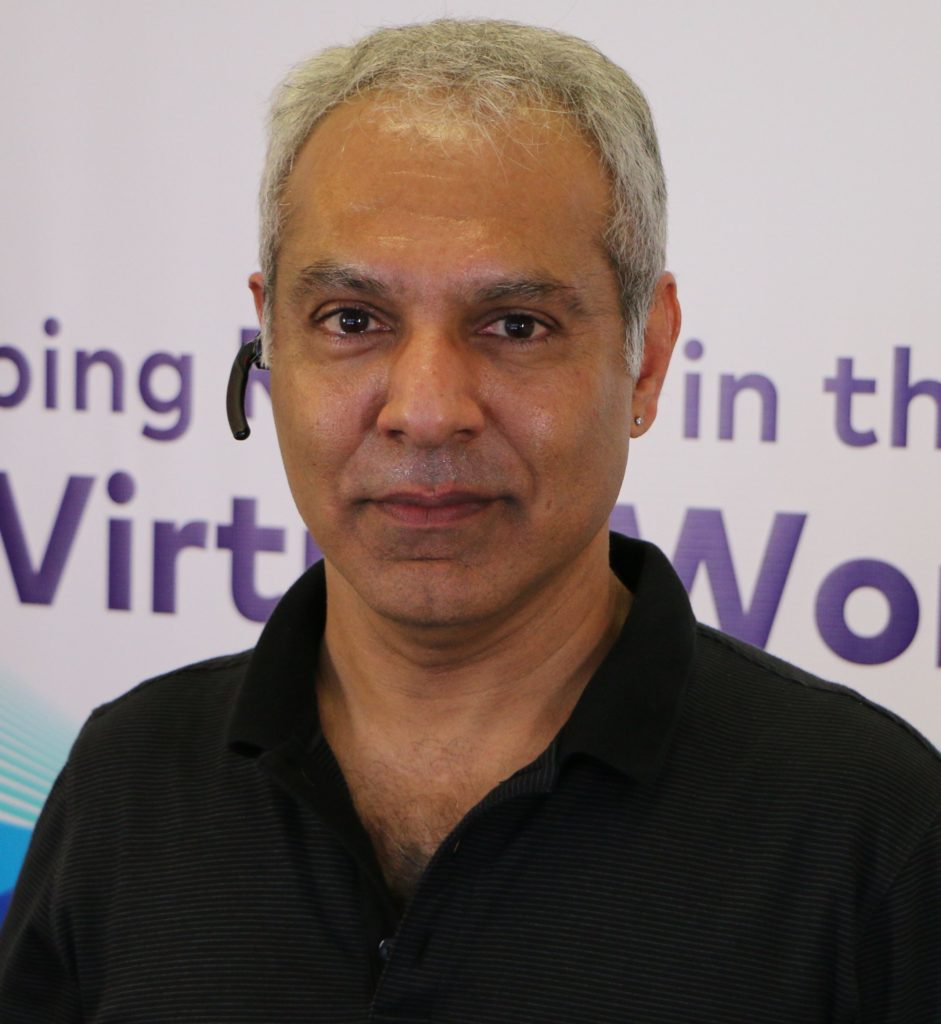
OpenGov Asia hosted its third installment of its Virtual Breakfast Insight: Powering Smarter Data and Resilient Government with Advanced Analytics on 29th July 2020.
This audience comprised of senior digital executives from the Indonesian public sector. The session once again witnessed a 100% turnout with delegates from 16 different government agencies in attendance.

The session was opened by Mohit Sagar, Group Managing Director and Editor- in- Chief at OpenGov Asia.
Mohit shared that the whole world came to a sudden shut down when the COVID – 19 hit us. Everyone was shocked and scared by the magnitude of its impact. However, governments didn’t get a chance to slow down.
In fact, they were the ones who kept nations going by ensuring all necessary services were provided as uninterrupted as possible.
During this process governments collected a lot of data about their citizens’ needs and requirements.
Mohit emphasised that it is imperative for the governments to extract relevant insights from this data to identify services that are more in demand than others and how to provide them.
Times like these, he stressed, require strong leadership. Leaders who can recover and respond to the current crisis and also plan for a better future.
He concluded his presentation by highlighting the importance of working with the right partners (both internal and external) who can help recognise the opportunity amid crisis and make the best of it.

Joseph Musolino, Global Sales & Strategy Consultant, Fraud and Security Intelligence for SAS shared his insights with the audience.
He began by sharing an interesting stat that 61% of the organisations in the last year picked Machine Learning and AI as the most significant tools for the next year.
Joseph then elaborated on the numerous challenges that organisations face in making AI and Analytics a part of their current working paradigm.
He then expounded on the various SAS Analytical capabilities that can help agencies and organisations overcome the afore mentioned challenges and adapt analytics tools quickly.
To validate this, he shared actual examples of the various areas where governments are deploying analytics in serving citizens better: customs, healthcare, taxation and judicial issues.
Dr. Ian Opperman, Chief Executive Officer and Chief Data Scientist, the New South Wales Data Centre took over to share his learnings on Data sharing during COVID-19.

He began by highlighting privacy concerns as the major issue when it comes to sharing data, especially between government organisations.
Ian further emphasised the importance of source and context in which the data is being analysed, i.e. data from open source or in a closed and controlled environment.
He shared an actual example of how his agency gained insights from open data sources during the COVID-19 pandemic.
Ian also shared how powerful and useful insights were, if carefully extracted from various open data sources and shared with various concerned parties.
After Dr. Opperman’s presentation the session went into a more interactive time with the polling questions addressed to the audience.
On the question of the biggest impact of the COVID-19 had had on an organisation, a majority of the audience voted for increased demand for services with rising expectations from citizens (45%). Another major section voted for disrupted sectors looking to the government to provide innovative policies and processes (35%).
A senior executive from the Ministry of Health shared that there has been an increased demand from the government to transform digitally and serve citizens better. So the major focus and challenged has been digital transformation of the government.
On the next question of how the pandemic has changed the functioning of agencies / departments, delegates responded with several interesting reflections.
Pertinent to the topic of discussion, a majority of the audience were of the view that they have become dependent on data and analytics to make decisions (40%).
A delegate from the Ministry of Finance shared that he voted for the above option as a result of what he has personally experiences.
He elaborated that he is heavily involved in policy development to overcome the challenges during COVID-19. In so doing, he has realised that data is of paramount importance when it comes to making well informed decisions. And analytics is a powerful tool for drawing useful insights from data.
On the question, “have advanced analytics and AI become a higher priority for your organisation as a result of the COVID-19 pandemic”, the audience was equally split between strongly agree (45%) and agree (45%).
A delegate from the Ministry of Education and Culture shared that there is an urgent need to make analytical tools a higher priority. During critical times like a pandemic, making the right choice of what is best for the citizens and students can be hard. Analytics can play a vital role in evaluating the various options and choosing the best out of them.
The session concluded with closing remarks by Febrianto Sibaro. He expressed his gratitude towards the delegates for attending the event and sharing their insights.
The delegates acknowledged that they gained a lot more information about data analytics and how it can improve their day to day workings in serving citizens better
















